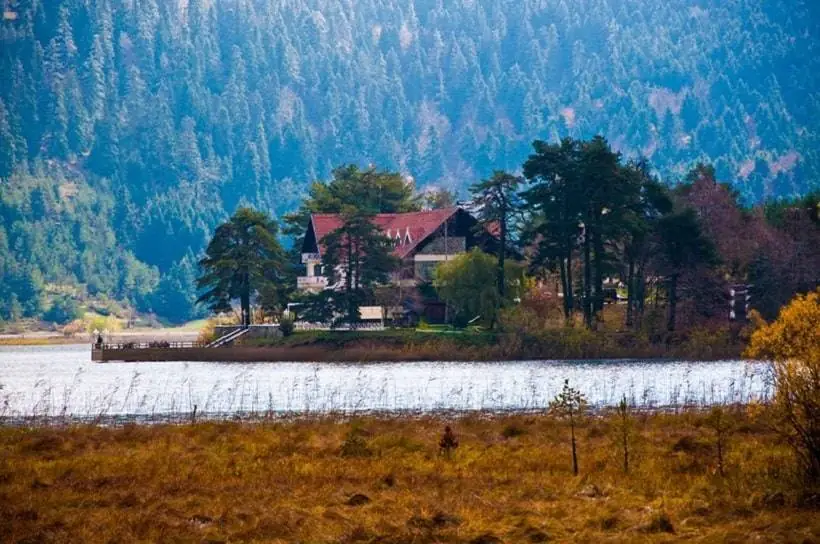Bolu is a city in northwest Turkey. It is located on the southern slopes of a bare hill at 2,434 feet above sea level. The territory was formerly part of the Hittite empire, and in the 5th century BCE, it became the kingdom of Bithynia. The ruins of ancient Bithynium, a wealthy town of Asia Minor (Anatolia) and—as the birthplace of Hadrian’s favourite, Antinoüs—recipient of many favours during that emperor’s reign—can be found near Eskihisar.

In ten months, 954 thousand 63 people visited Bolu’s nature parks, which are popular due to their natural beauty and lakes. Bolu, a 65 percent forest-covered peninsula sandwiched between two major cities such as Ankara and Istanbul, has become a popular tourist attraction for both locals and visitors.
♦ 8 Days Turkey Tour – Popular Cities
Despite the new form of coronavirus (Covid-19) precautions, Bolu, which comprises Abant and Gölcük Natural Parks and Yedigöller National Park, which has taken on a new beauty for four seasons, received 954 thousand 63 visitors in ten months. With 463 thousand 949 visitors in the first ten months of the year, abant was the most popular natural park.
Gölcük had 336,498 visitors, Yedigöller had 139,364, Leech Lake had 6,850, Goksu had 5,586, Circumcision Lake had 829, Karagöl had 477, Bearkayasi had 282, and Bespinarlar Natural Park had 228 visitors. The number of visitors is estimated to reach over 1,200,000 by the end of the year.
Local and international tourists who visit Bolu for a day or a week can hike, picnic, and camp in beautiful nature areas where the sounds of birds reverberate, and ride horses and carriages.

